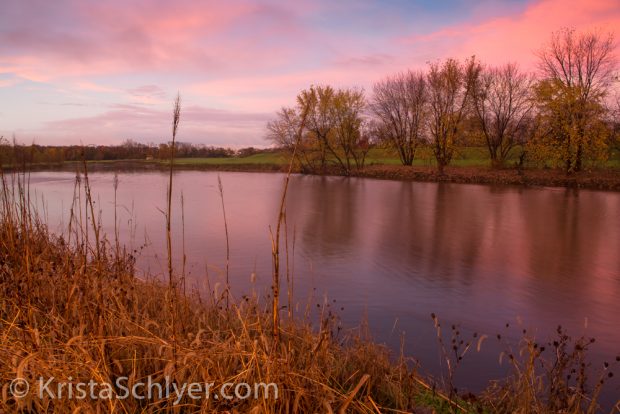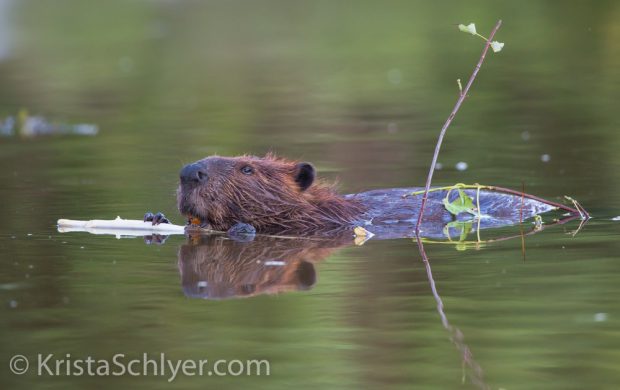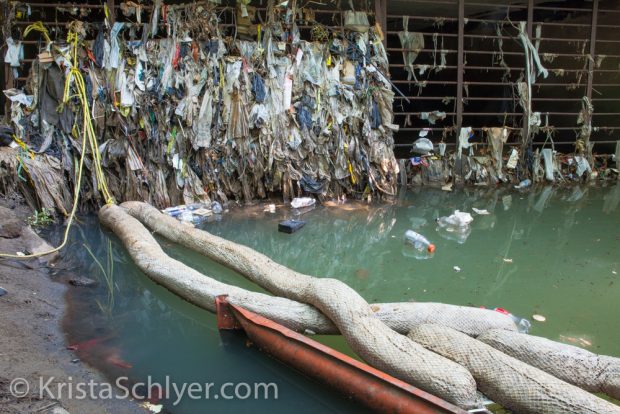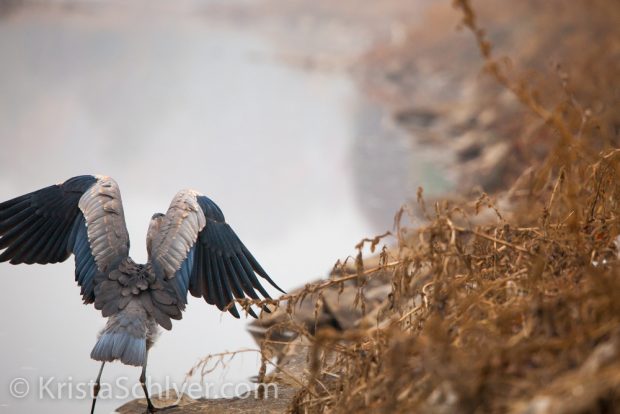NANPA Foundation supports efforts with Philip Hyde Conservation Grant
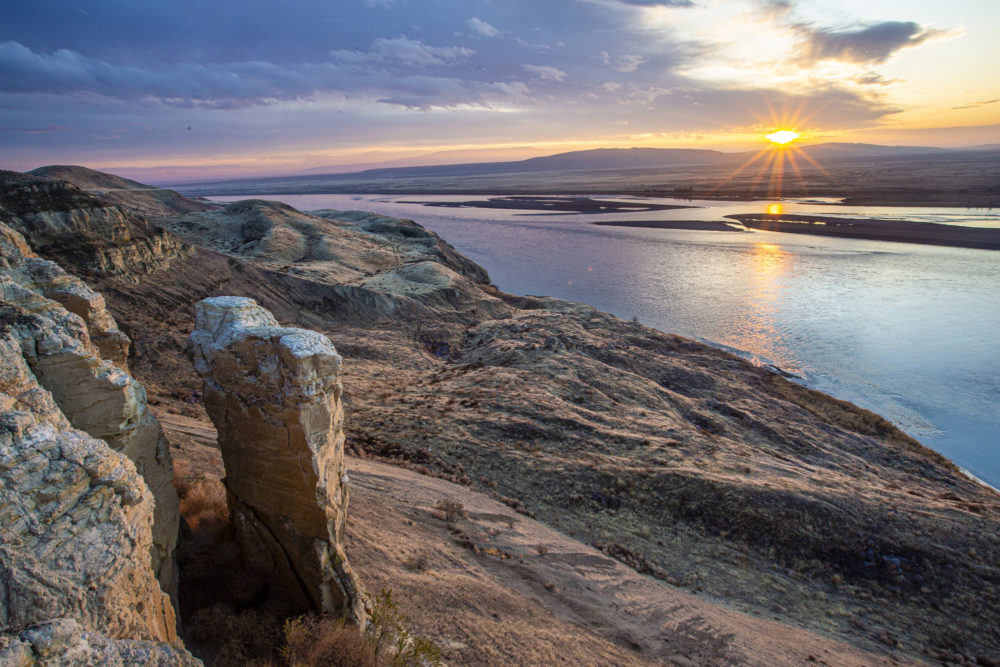
Alma, IL — The NANPA Foundation awarded its 2021 Philip Hyde Conservation Grant to David Moskowitz for support of his project Big River: Exploring the Contemporary Columbia River Watershed. Moskowitz will use his photographs to educate and engage the public in the renegotiation of the Columbia River Treaty, as parts of it are due to expire in 2024.
The Big River project will include a photography book and website featuring an interactive map that allows visitors to explore the river’s watershed, learn about its conservation issues, and meet partners leading efforts to protect it. The $2,500 grant will cover expenses of ongoing field work to create images. Moskowitz has already completed over 20 photo field trips across the region since 2019, methodically building a shot list of images needed to tell the river’s complex story of water management and salmon restoration.
The Columbia is the largest river to drain into the Pacific Ocean from North or South America. It wanders 1,243 miles across seven U.S. states, one Canadian province, and dozens of First Nations territories, connecting widely disparate ecosystems and human cultures. Photographs from the grant-funded project will help a wide variety of stakeholders, including tribes and First Nations that wish to exercise their sovereignty to participate in the treaty process in general and seek to add a third rail of Ecosystem Function to the renegotiated treaty.
Moskowitz is a wildlife biologist, outdoor educator, and photographer focused primarily on the western U.S. and Canada. He is photographer and author of the books Caribou Rainforest, Wildlife of the Pacific Northwest, and Wolves in the Land of Salmon as well as co-author and photographer of Peterson’s Field Guide to North American Bird Nests.
“I aim to bring wild animals and overlooked ecosystems out of the shadows and into the lives of people far and wide,” says Moskowitz, a proud member of NANPA. Moskowitz continues, “Funds from the Philip Hyde grant will allow me to continue my field work documenting the rich biodiversity and cultural landscape of the Columbia River and generate support of ongoing conservation and environmental justice issues unfolding across this vast watershed.”
NANPA Foundation’s grant was named for Philip J. Hyde, primary conservation photographer for the Sierra Club whose color images of Western landscapes became a weapon against environmental degradation. Photographers receiving the grant are following in his footsteps of environmental protection through photography. Moskowitz’s award is the 23rd project supported by the grant fund.
About NANPA Foundation NANPA Foundation is the charitable arm of the North American Nature Photography Association. It raises funds and provides resources to advance awareness and appreciation of nature through photography.

